Explore American Ingenuity The Henry Ford Museum
The Henry Ford museum, and its sister attraction Greenfield Village, are a major draw to the Detroit Metro region for both locals and tourists. Despite being connected, you can easily spend a whole day exploring each. For that reason, I’ll cover Greenfield Village in another post. Both attractions are suitable for adults and families who enjoy American history and exploring the Industrial Age.
Henry Ford was an admirer of the brilliant inventors of his time, yet also harbored a nagging guilt that he and other industrialists of the day were making rural America obsolete. This manifested in a passion for collecting both industrial machines and artifacts of daily life. The Henry Ford museum is a nine acre expression of primarily the industrial side with bits of history and how people lived and traveled. It really showcases the ingenuity of the past two centuries and how our daily lives have been transformed by industrialization and mechanized transportation.
Major attractions
The museum is enormous and needs to be to house the collection ranging from a a glass vial said to hold Thomas Edison’s last breath to a massive 385 ton Allegheny steam locomotive. At first glance it looks like a giant warehouse, but there are in fact several different sections to explore though it is easy to get turned around. I like to start near the main entrance since there are many smaller displays and move towards the far side before the museum gets too busy.
The first thing you see when you walk in is an early Oscar Meyer Wienermobile. Once the obligatory picture has been snapped you can wander through the farm equipment. The displays are a random collection of harvesters, tractors, and other implements ranging from manual to modern. There’s 1970s era harvester you can climb up into the driver’s seat which will keep kids interested. Next to this area is the furniture collection. The highlight for me is the round display divided into four kitchens from different eras which shows how things changed from Colonial days to the 1930s.
One of the newer highlights is the fully restored bus where Rosa Parks made her stand, or rather I should say kept her seat. The bus is surrounded by displays discussing segregation and civil rights and even includes the chair where President Lincoln was assassinated. Visitors can enter the bus and listen to an audio track describing the event.
Tucked away in the back corner is the last surviving Dymaxion House. Um, the what? Buckminster Fuller sought to design an affordable and easily produced home based on the post WWII aircraft industry to help the housing boom. The round house is constructed of riveted sheet metal and supported from a central pillar similar to an umbrella. Docents lead tours through the home so you can get a good look at this one of a kind mode of living. Next to the Dymaxion house are displays with artifacts from the decades of the 20th century. It’s a lot of fun looking through items from your childhood and sharing experiences with your kids.
From here things get industrial; literally. Several pieces of heavy factory equipment, generators, etc. from the early Industrial Age leads to the Heroes of the Sky aviation displays which includes several early aircraft in displays showing arctic exploration, barnstorming, and more utilitarian planes. There’s also a room for making and testing paper airplanes.
The automotive section, not surprisingly, takes up a large chunk of real estate. Start at the front where you can view some of the Presidential limos, 1950s road signs, and early hotel rooms. Tucked behind the neon signs is a restored diner which now serves food. Walk further into this area and two rows of automobiles are organized in order of manufacturing date from the first buggy-like carriages to modern cars. There are several more cars, trucks, and campers, and race cars also on display. The last section features trains ranging from older passenger cars to the giant Allegheny locomotive. It’s amazing just to stand next to this behemoth and climb up to the drivers’ compartment.
In addition to the museum displays, there is also a giant screen movie theater. Formerly an IMAX, the theater is undergoing renovations and is expected to open this Spring. Tours of the Ford Rouge factory are also available. A bus will take visitors from the museum entrance.
Activities, Educational Value, and Interest for kids
As with any museum, there’s always the question of how much will kids enjoy a visit. The Henry Ford is a mixed bag. Unlike major science centers, there are not a whole lot of interesting hands on activities and not much wow factor when it comes to looking at farm equipment and old machinery. It’s a good idea to look over the attractions before visiting and zeroing in on what your kids love. There are also many educational opportunities scattered throughout the museum. Here are some of my top picks in each category:
Fun Activities and Things to See
- Take a pic with the Wienermobile
- Tour the Dymaxion house and imagine living in one
- See how your parents lived in their decade
- Eat lunch in an old diner
- Make a wax figure in a Mold-A-rama machine or add to your pressed penny collection
- Experiment with paper airplane designs and see how far yours will fly
Educational Opportunities
- Tour the Rosa Parks bus and Civil Rights displays
- See what homes and furniture were like in previous decades
- Discover how automobiles and aviation has changed how people travel over the past 100 years
- See how mechanized farm equipment and heavy machinery have changed the way people raise crops and produce items
- Presidential vehicles offer a chance to talk about specific figures or American politics
Food and Gift Shops
You can’t have a Wienermobile on display without talking about lunch, right? Thankfully, there are plenty of options to take a break and grab something to eat. There is, course, the American Dog House to fill that hot dog craving. (Only open Fri-Sun in the off season). Lamy’s Diner in the automotive section offers typical lunch fare; soup, sandwiches, and some desserts. The main restaurant, Michigan Cafe, has a large variety of sandwiches, salads, entrees, and kids meals with several healthy options available.
There are two gift shops. The main shop has a great collection of Michigan and automotive gifts, unique pottery and glassware made in Greenfield Village, and a kids area. The Genius at Play shop inside the museum offers games, toys, and puzzles with a scientific theme plus other interesting memorabilia.
Ticket options
Tickets can be purchased in person, though online purchases may offer a discount. The Henry Ford museum and Greenfield Village require separate tickets. If planning to visit both, or visiting more than once several annual pass options are available to save you money on admission plus offer discounts on merchandise, movies, tours, etc. For current ticket pricing and options please visit The Henry Ford website.
Wrap up
If you’re looking for a great local indoor activity or planning a visit to Detroit, The Henry Ford Museum needs to be on your list. It’s truly a unique attraction where you can catch a glimpse of American industrial progress and the ways it impacted how people lived in the 19th and 20th centuries. Also make plans to visit Greenfield Village in the Spring through Fall months to experience homes and workshops of the past.

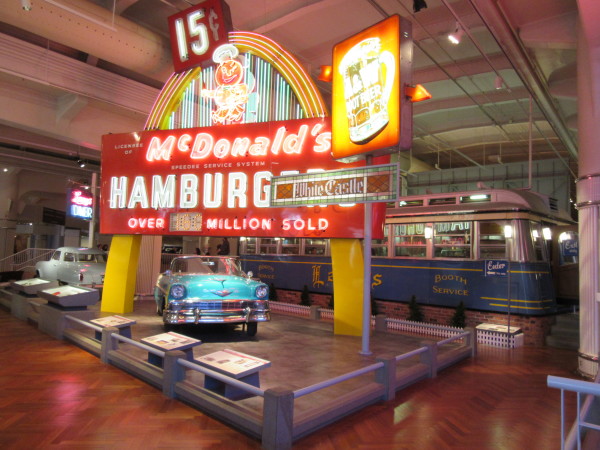
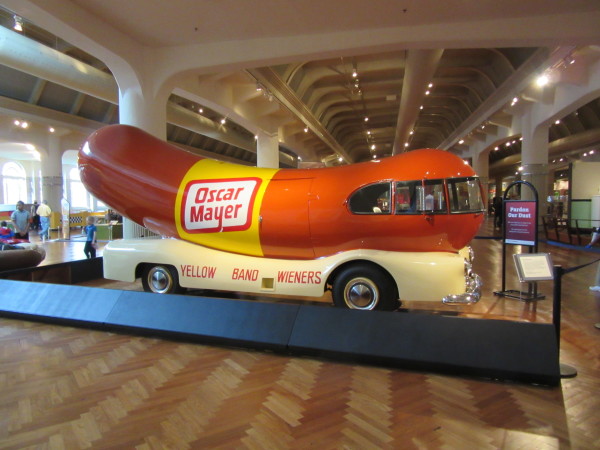
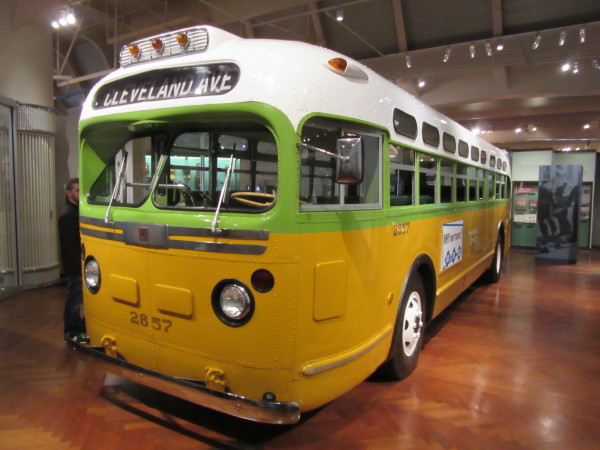
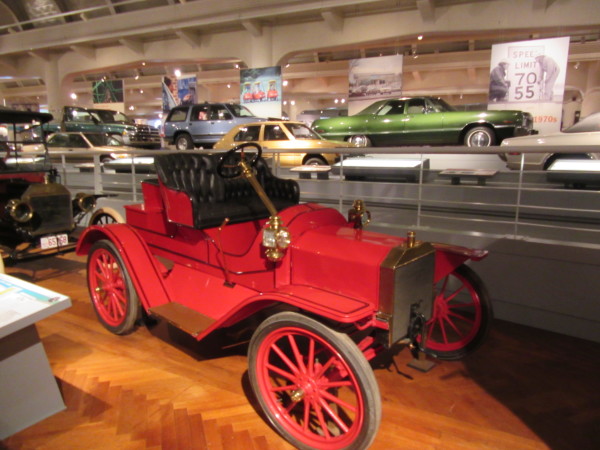

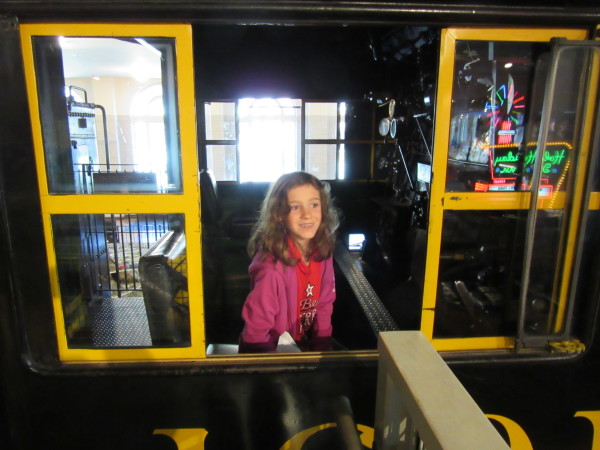
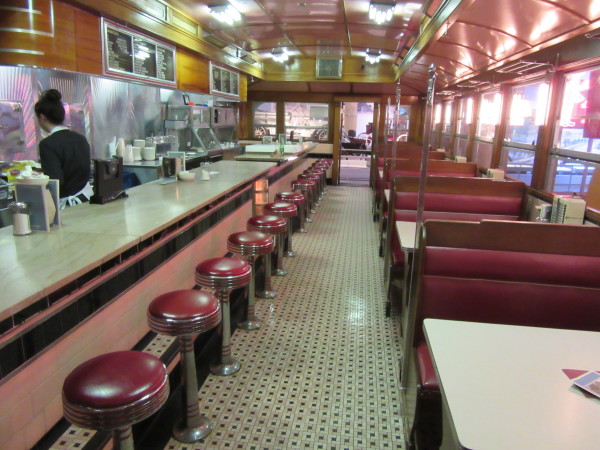
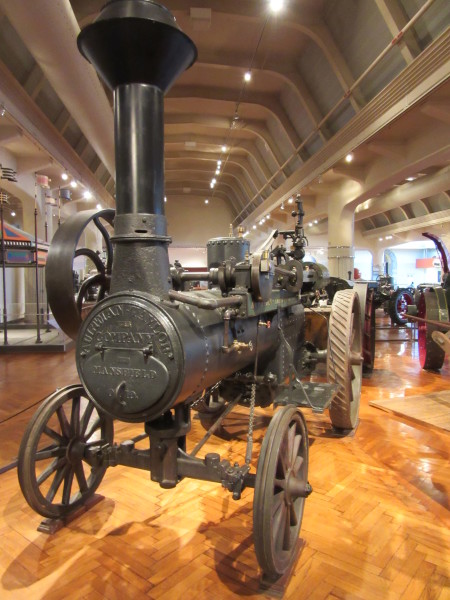
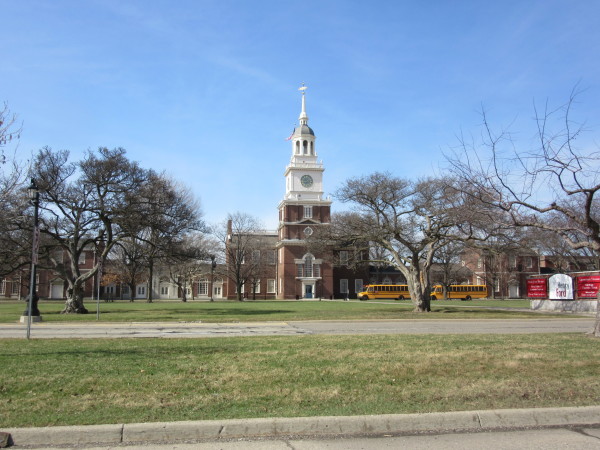


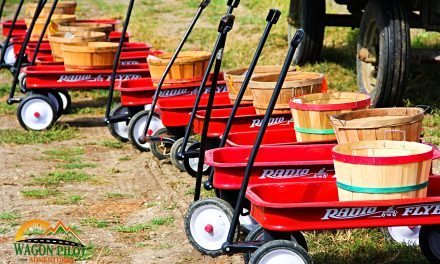
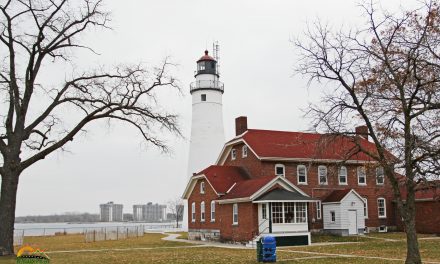

We went there years ago, from all the wonderful aspects you list, it looks like another visit needs to be in the works!
This museum was on my list for this year but I ran out of time. Great post, thanks for sharing. I am now fascinated by your book rec of Fordlandia.